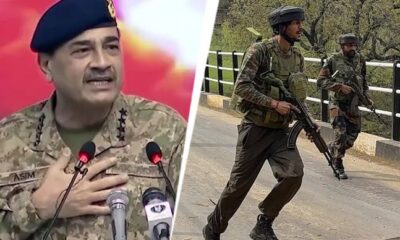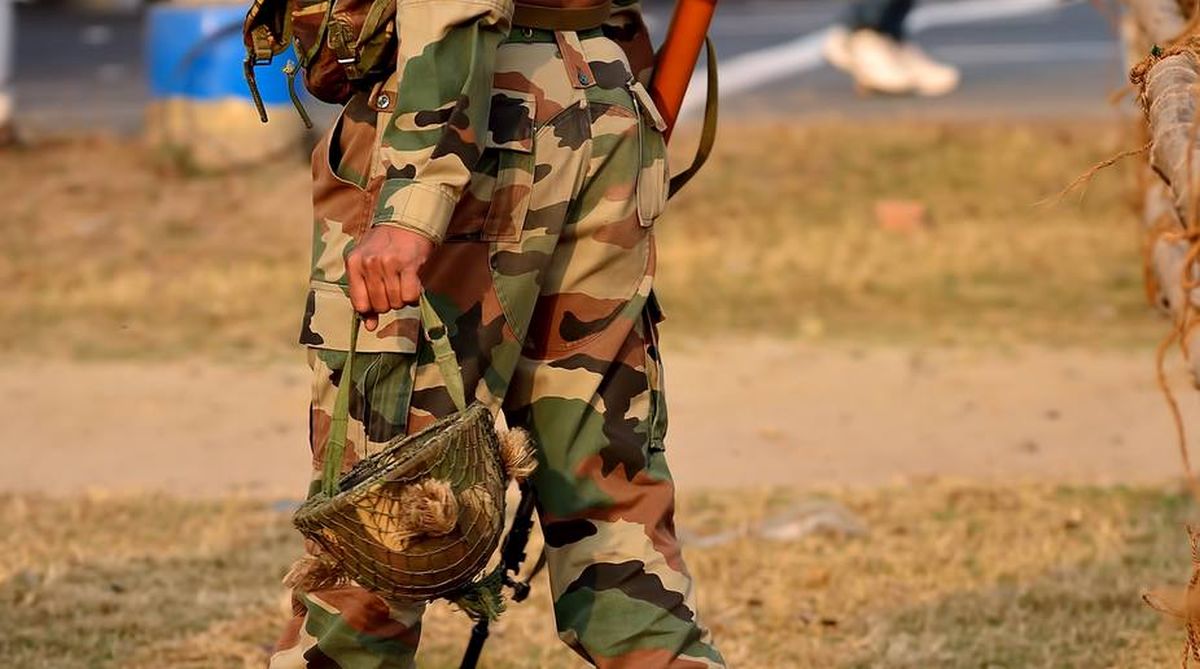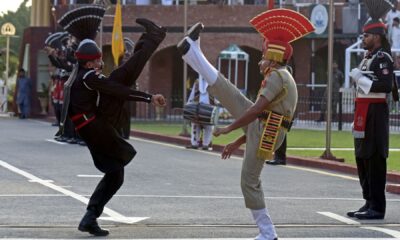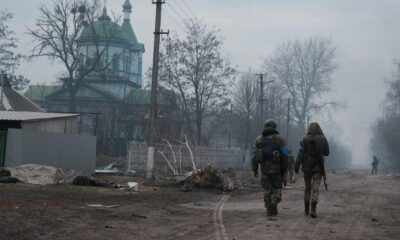The Controversy Behind Civilian Use of Combat Attire After Pahalgam Attack
In the wake of the Pahalgam terrorist attack in Jammu and Kashmir, where militants disguised as soldiers killed 26 innocent tourists, the debate around the misuse of military and police uniforms has reignited. The question is simple yet profound: How do civilians get access to uniforms that belong to the army, police, and other security forces? And more crucially, why is it a problem?
In Jharkhand, the state government has taken steps to prevent civilians from acquiring such uniforms. The rationale behind this policy is not only to prevent impersonation by criminals but also to safeguard public safety in areas affected by insurgency.
The Strict Uniform Regulations in Jharkhand
Unlike many other regions in India, Jharkhand has stringent laws governing the manufacturing and sale of police and military uniforms. In the state capital of Ranchi, vendors who tailor uniforms for security forces must adhere to strict protocols.
Rakesh Chaudhary, a local uniform tailor, explained:
“We maintain a register where we record details of every person who comes to us for uniform tailoring. We note their ID, contact information, and the police station or unit they belong to.”
This system, according to authorities, is part of an effort to control the distribution of uniforms and prevent misuse by civilians. The rules apply to all forms of combat attire, including the highly distinctive uniforms worn by the army, CRPF, and other paramilitary forces.
A Legacy of Vigilance: Jharkhand’s Preventive Approach
Jharkhand is one of the states that has long grappled with insurgency, particularly from Maoist groups. Due to this, the state has implemented a preventive strategy in which the impersonation of security personnel could have dire consequences.
In October 2021, the Jharkhand Police Headquarters issued directives banning civilians from wearing combat-style uniforms. The order aimed to eliminate the confusion caused when insurgents don military or paramilitary uniforms to blend in with the authorities and evade detection.
Chandan Kumar Sinha, the DIG and Ranchi’s SSP, commented:
“We have constant monitoring on all the shops that tailor military and police uniforms. Regular surprise inspections are conducted to ensure that there is no illegal distribution of uniforms to unauthorized individuals.”
The Threat of Impersonation
The issue isn’t merely theoretical. In Jharkhand, it has been a real challenge for law enforcement to distinguish between insurgents and legitimate security personnel, as criminals have frequently used uniforms to gain trust and create confusion. Several Maoist groups have been found in combat uniforms, which only exacerbates the problem.
For instance, during numerous encounters with Maoist forces, security personnel have discovered insurgents wearing uniforms similar to those of the CRPF or army, thus complicating operations.
Fashion or Security Threat?
While military and paramilitary uniforms remain off-limits to civilians in Jharkhand, the trend of wearing combat-style clothing has become popular among young people in urban India, with camouflage patterns and tactical wear making their way into fashion stores.
However, for Jharkhand authorities, this is more than just a style choice—it’s a security issue. Police officials have reiterated that while fashion trends might blur the lines for the general public, it’s vital to remember the implications of such attire in a security-sensitive state.
The Bigger Picture: Should This Approach Be National?
The incident in Pahalgam highlights a significant security challenge that is not unique to Jharkhand but rather a concern across the country. The misuse of police and army uniforms is a widespread issue, with militants and criminals often using them to disguise their intentions.
Given the rise of these concerns, many are now questioning whether other states should follow Jharkhand’s lead and implement similar uniform regulations. Could this approach help curb the misuse of uniforms and prevent future security breaches?
A Matter of Public Trust
The policy in Jharkhand reflects a broader concern about the integrity of uniforms as symbols of trust and authority. In a state where insurgency and impersonation are significant threats, the regulation of uniforms isn’t just a precaution—it’s a necessary measure to maintain law and order.
As India grapples with growing concerns over security and public safety, Jharkhand’s model offers a potential roadmap for other states. Whether it’s time to adopt similar measures nationwide is a question that continues to provoke debate.
By Shashi Singh

 Culture & Society2 months ago
Culture & Society2 months ago
 Culture & Society2 months ago
Culture & Society2 months ago
 Tech2 months ago
Tech2 months ago
 Opinion2 months ago
Opinion2 months ago
 Business2 months ago
Business2 months ago
 Culture & Society2 months ago
Culture & Society2 months ago
 Culture & Society2 months ago
Culture & Society2 months ago
 iNational Indic2 months ago
iNational Indic2 months ago

















